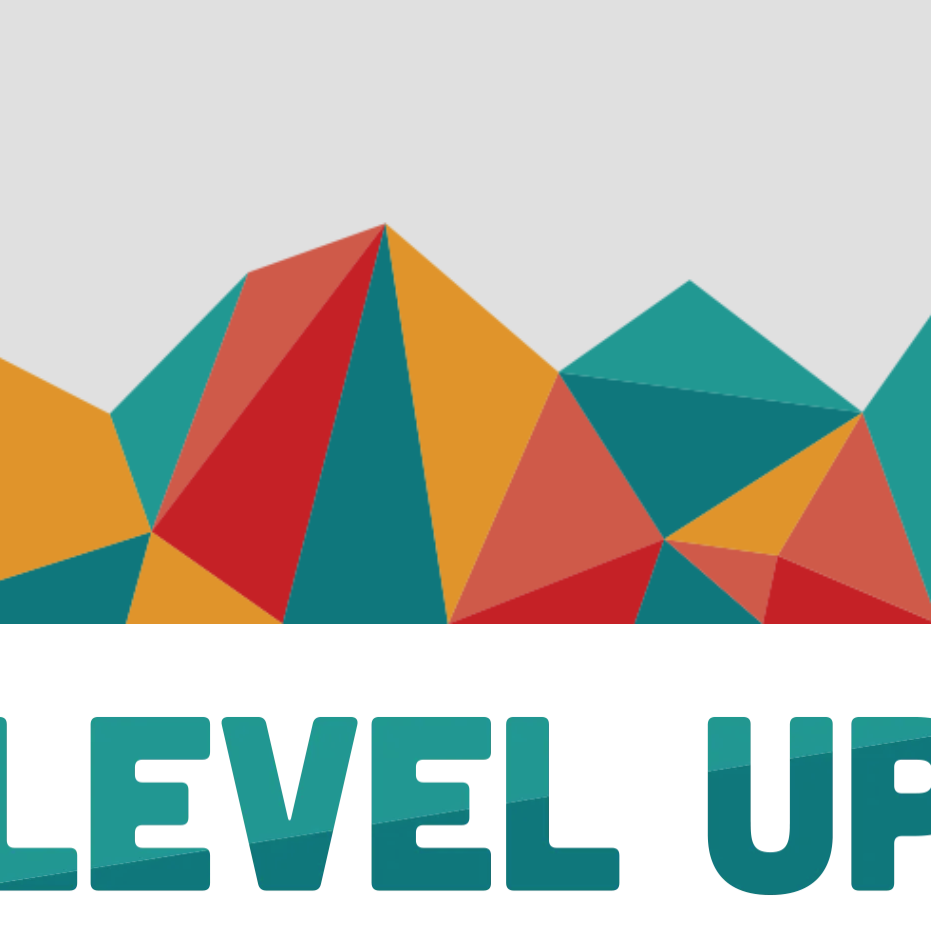by Beth Staats
Quick Summary
I recently attended a Library Journal sponsored professional development webinar titled, Equity in Action: Building Diverse Collections. This 3-part webinar has offered information relating to everything from evaluating your collection to "offering windows into and mirrors of the vast array of perspectives and stories that make up our world." One section of this webinar included some basic information on performing a diversity audit of your collection.

I recently attended a Library Journal sponsored professional development webinar titled, Equity in Action: Building Diverse Collections. This 3-part webinar has offered information relating to everything from evaluating your collection to "offering windows into and mirrors of the vast array of perspectives and stories that make up our world." One section of this webinar included some basic information on performing a diversity audit of your collection. It was presented by Karen Jensen, MLS, Creator and Administrator, Teen Librarian Toolbox. I thought I might share a bit of what I learned as many libraries may be currently considering doing this.
First off, you might ask, why do a diversity audit? 80% of librarianship is made up of roughly 40-year old white women who each go into collection development with their own biases and privilege, which can influence purchasing. Identifying and filling collection gaps for inclusive collections promotes learning, engagement, compassion and more authentic world citizenship.
Second, what exactly is a diversity audit? As Karen stated, it is "a count of titles in your collection to determine the number of titles and the representative percentages of specific categories in your collection." A diversity audit allows us to attempt to determine what percentage of our collection is something other than the established norm, which tends to be white, cishet able-bodied male.
The question you may want to be asking is what percentage of the collection is written by something other than the traditionally dominant voice? If you're overwhelmed thinking about a diversity audit for a large collection, perhaps begin with auditing smaller genres or collections. You can also audit random samples and/or use your ILS and subject headings. Subject headings can be imperfect data but may help as a starting point. Another suggestion might be to do a diversity audit in chunks over time. Create an audit schedule as you would an inventory or weeding schedule.


